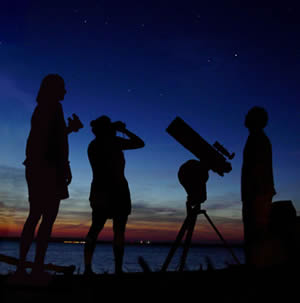A family enjoying the evening sky with binoculars and a telescope.
Image courtesy Wikimedia Commons
What is a Telescope?
Have you ever looked up and wished that you could take a closer look at the Moon or see the rings of Saturn? You have probably seen photographs of distant galaxies, exploding stars, and glowing nebulas. Did you wonder how those photos were taken?
For the past 400 years, telescopes have helped us see into space. There are many types of telescopes, but they all do pretty much the same thing. A telescope is an instrument designed to collect light in order to see distant objects. The word “telescope” comes from the Greek words tele=far and skopein=to look or see.
The first telescope was built by Hans Lippershey in 1608. Word of this invention spread quickly and by 1609, Galileo Galilei built one and began looking at the sky. Galileo discovered many things, such as the craters of the Moon, the moons of Jupiter, and the phases of Venus. He also used his telescopes to study sunspots.
Telescopes have been placed in the middle of deserts, on top of mountains, and even at the South Pole! The Hubble Space Telescope was placed in outer space and there are even a few neutrino “telescopes” that are built underground.
You might also be interested in:
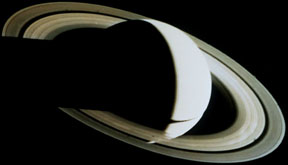
Have you ever seen a picture of Saturn's rings? If you have ever seen a picture of Saturn, it's likely you saw its rings too! The rings are very pretty and many colors. They circle around the middle of
...more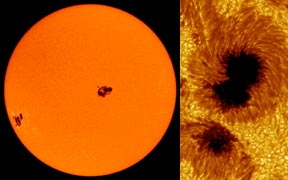
Sunspots are dark spots on the Sun. They may look small, but they are actually as bigas a planet like Earth or Mars! Sunspots are "dark" because they are colder than the areas around them. Of course, they
...more
The Hubble Space Telescope (HST) is really neat! It was first launched in 1990, but scientists started building it in the 1970's! We have found all kinds of objects like stars, nebulae and galaxies. The
...more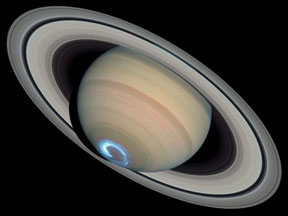
Have you ever seen the Southern or Northern Lights? Did you know that other planets (besides Earth) have them too? Scientists call these cosmic light shows the "aurora". Saturn is one of the planets that
...more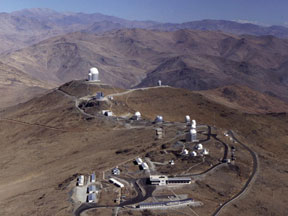
The Atacama Desert is in Chile in South America. It is one of the driest places on Earth. Somehow a few kinds of plants, animals, and microbes are able to live there. Even some people live and work in
...more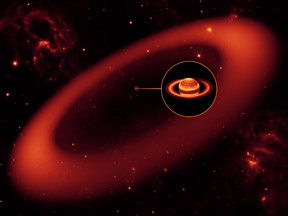
The Phoebe Ring is one of the rings around the planet Saturn. The Phoebe Ring is much bigger than Saturn's other rings. It is about 100 times larger than the main ring system. The ring was discovered by
...more
The force of magnetism causes material to point along the direction the magnetic force points. Here's another picture of how this works. This picture shows where the magnetic poles of the Earth are to
...more
